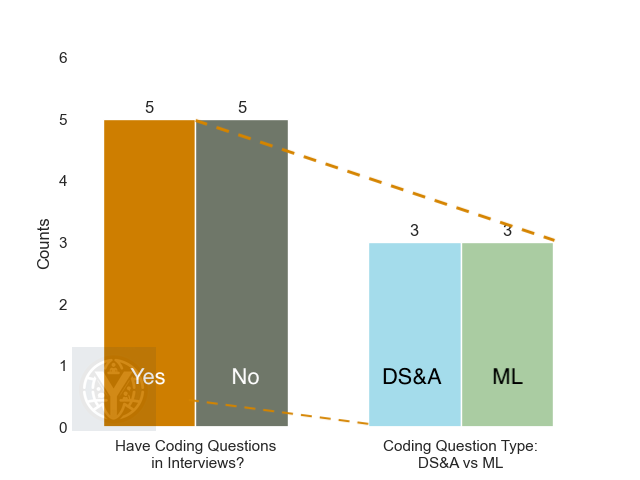
(Written in Spring 2024, middle of my 3rd-year PhD)
My Fall 2023 semester had been challenging as I had too much on my plate, including (1) my PhD research LexC-Gen (Yong et al., 2024), (2) my voluntary involvement in the making Aya model safer (Üstün et al, 2024), (3) making SEA languages more representative (being a Malay language ambassador for Aya (Singh et al., 2024), helping out at SEACrowd project, and hosting AACL tutorial (Aji et al., 2023)) (4) an NIH grant project that funds my PhD, (5) academic responsibilities such as classes, and (6) summer research internship search. And thankfully, all went well, and I even managed to squeeze out time to travel internationally back home in Malaysia to see my family.
It was quite stressful applying for research internships because there weren’t many resources online on how to apply and prepare for them. Furthermore, given the English-centric and becomingly close-sourced AI development, I was quite uncertain at the beginning if my search for internships was a good use of my time. I could have spent this coming summer working on my multilingual NLP research agenda, instead of an internship that wouldn’t be aligned with my research direction or wouldn’t allow me to publish papers.
Fortunately, I received multiple offers and chose to spend my upcoming summer interning at FAIR (Meta AI). I hope my post sheds some light on the AI research internship application process. I have also received a lot of help and great advice during this process, so I hope to share it with more people.

Overall statistics of my internship search from Sep’23 to Feb’24. I stopped interviewing and team-matching with a few companies after I’ve received offers that meet my criteria. Diagram created with Sankeymatic.
In general, AI research internship process are as follows:
Typically, before the online assessments or interviews, there would be recruiters reaching out to me to inform me the type of the interviews and who I would be interviewing with. Different companies have different structure. For instance, interviews could go from 30 minutes up to 90 minutes. Some interviews were back-to-back, and some were spaced with one or more weeks in-between. Some companies had technical components in all their interviews, whereas some only had one.
For most companies, it took me 2 to 3 months to go from applying to receiving the internship offer decision. Usually the recruiter would reach out to schedule a call and inform me the offer details.

Statistics of coding question types in technical interviews. Taken from my experience interviewing with Google, Meta AI, Salesforce, Adobe, Pinterest, Cohere, Alibaba DAMO, Scale.ai, Bytedance, and Megagon Labs. One company asked both DS&A (data structure and algorithms) and ML (machine learning) coding questions.
Here, I will share how I prepared for my interviews after applying. In my experience, surprisingly, there weren’t many overlapping questions asked by different companies during interviews.
A. Data Structure and Algorithms (DS&A)